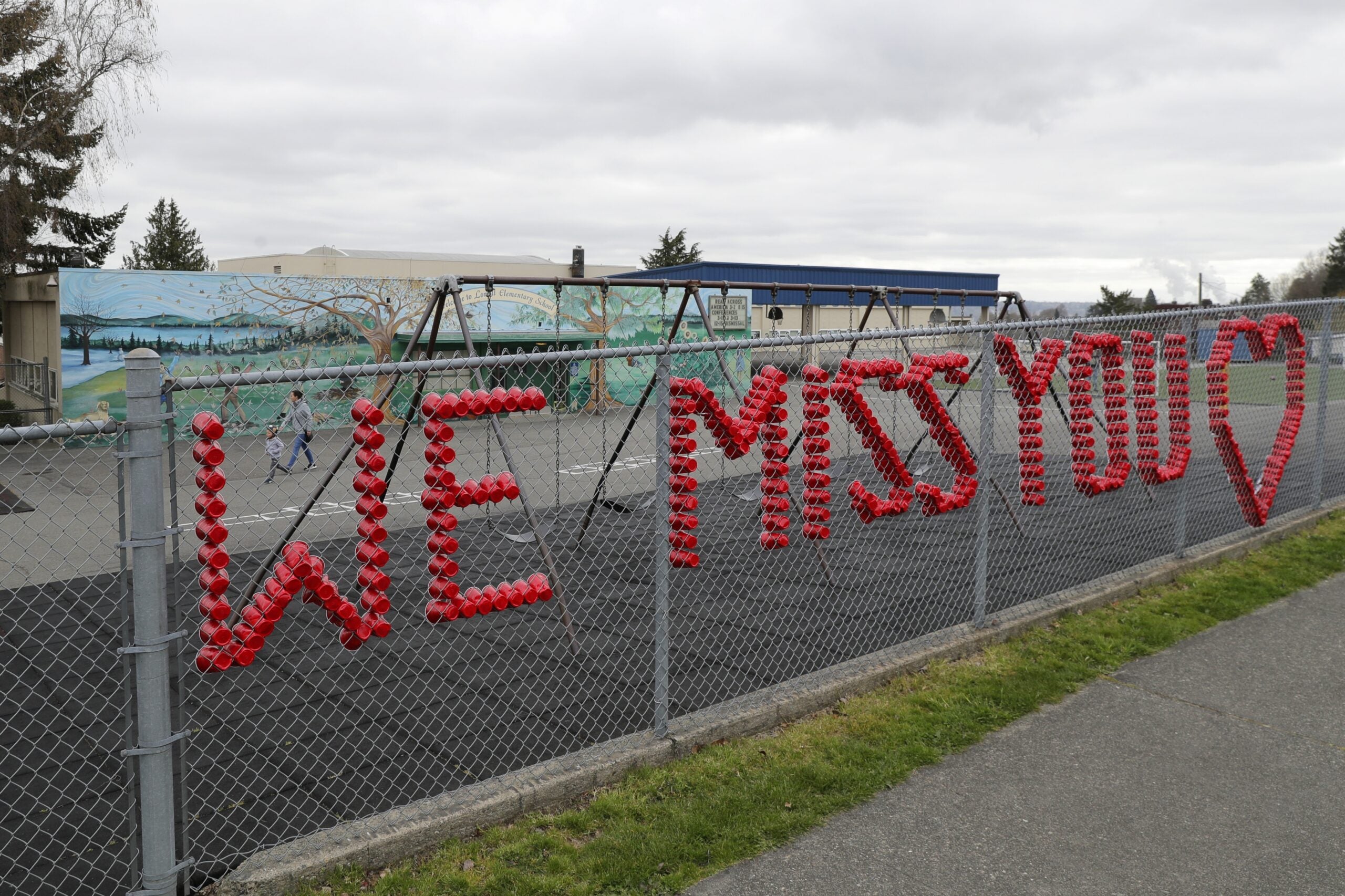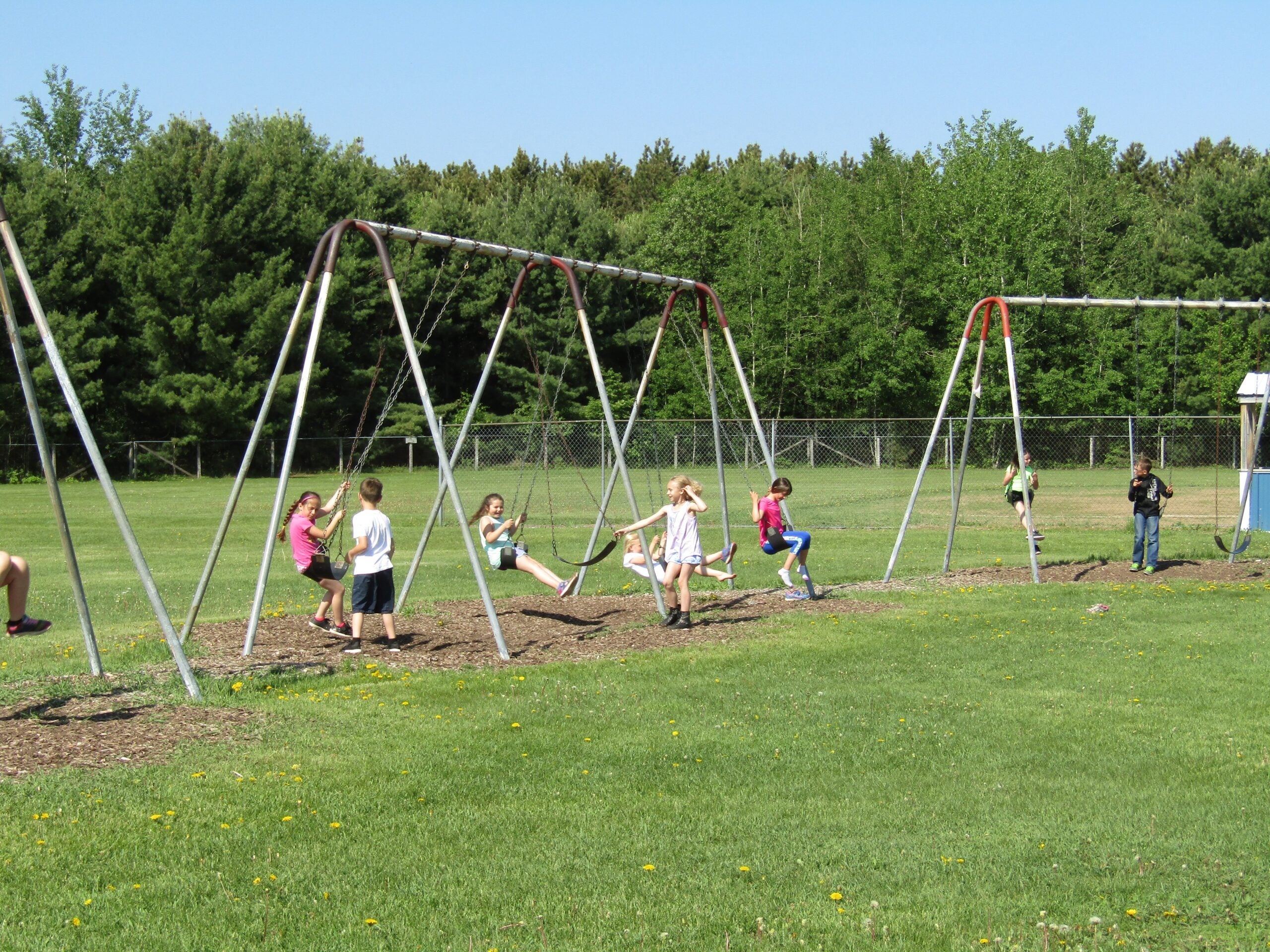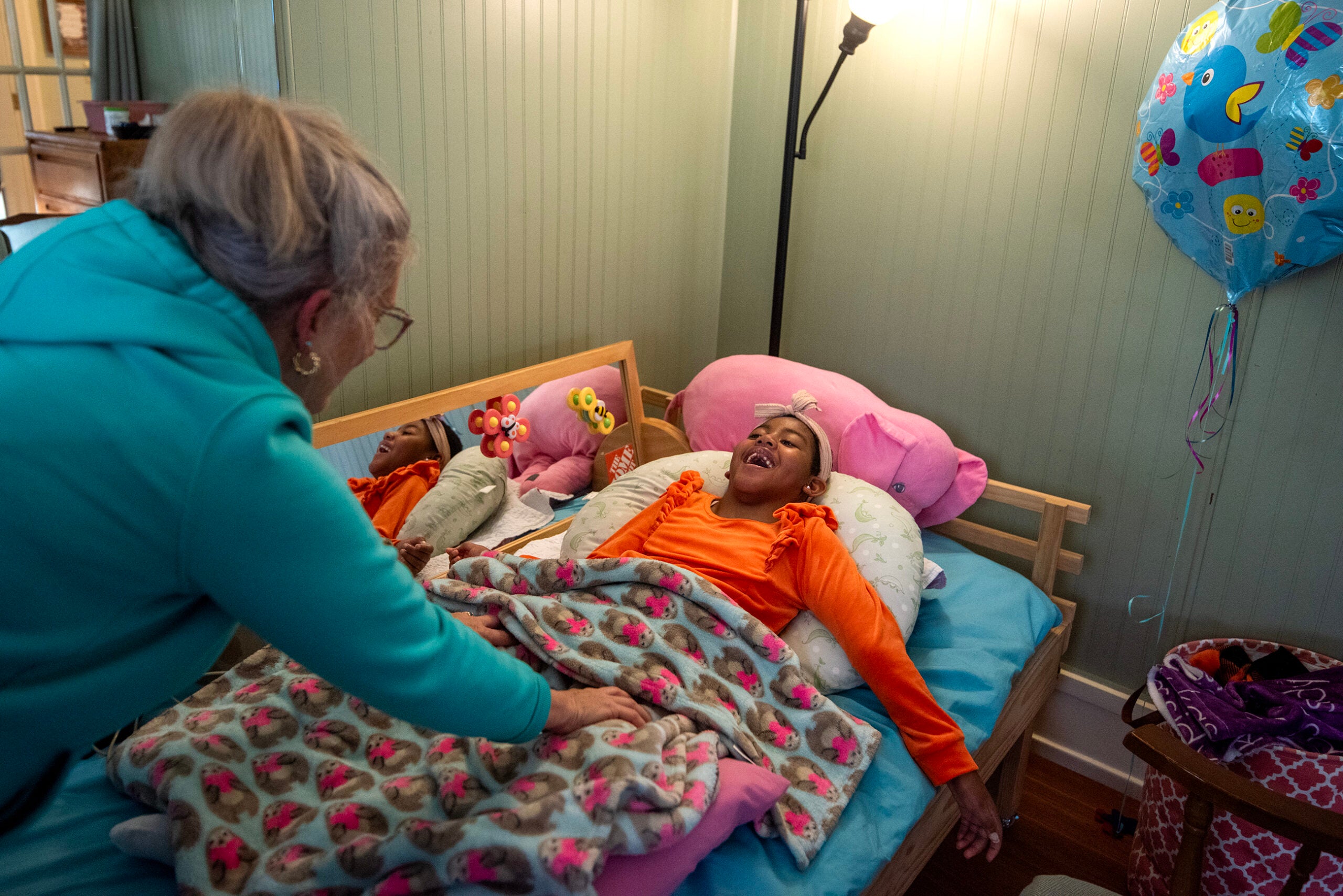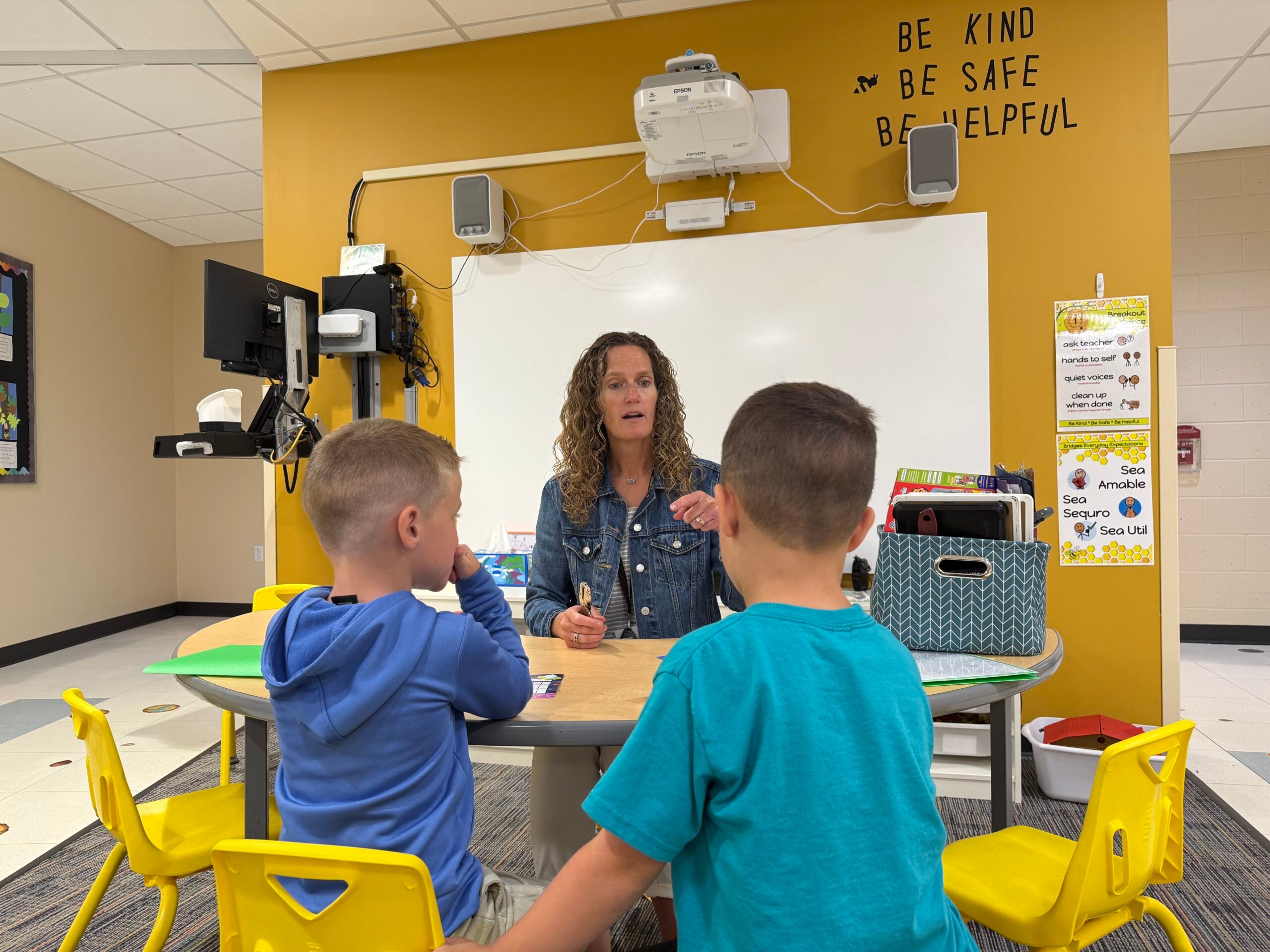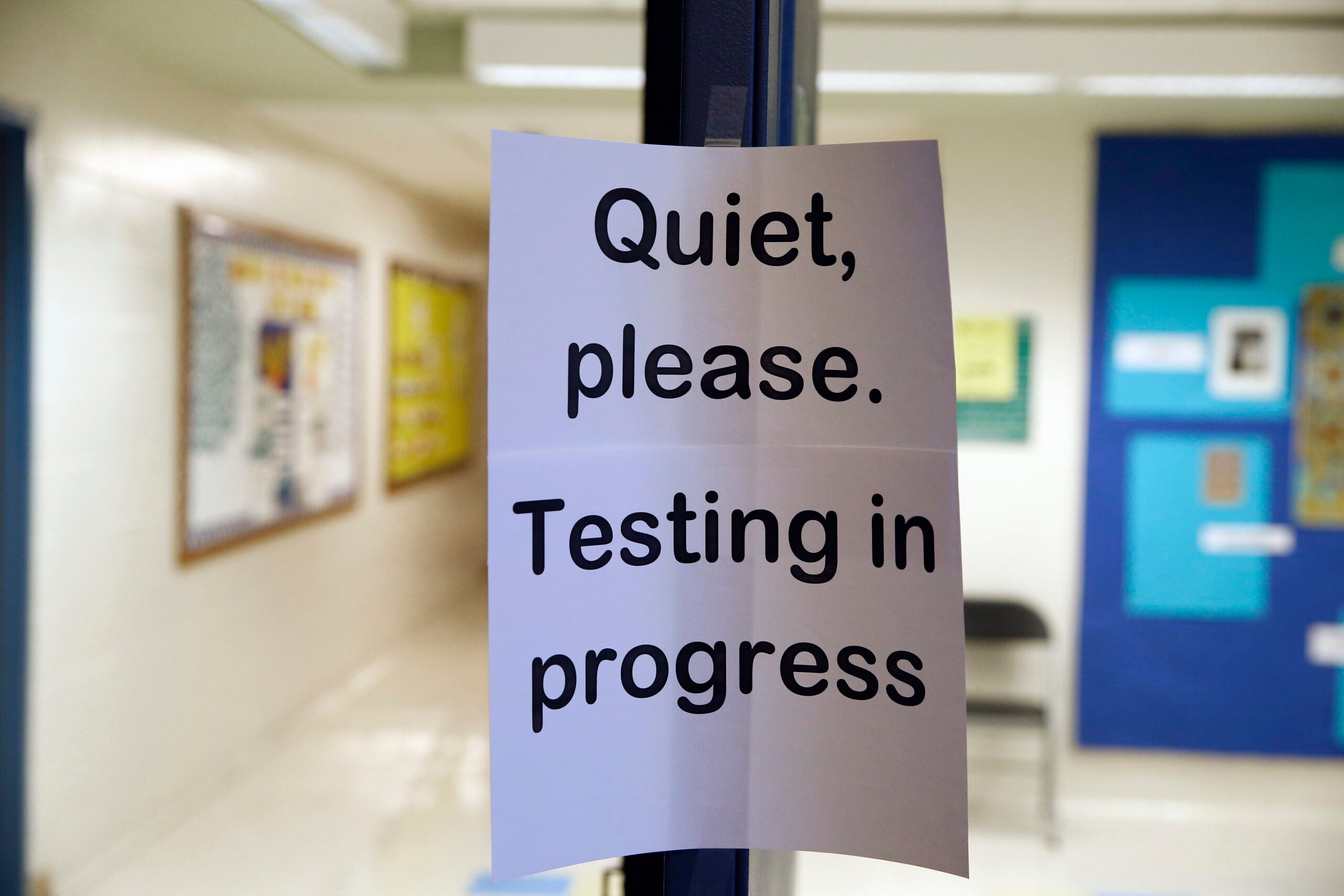It was right around March, as schools closed and offices sent workers home in response to an emerging pandemic, when Elizabeth Stroik’s 4-year-old son David developed an intense fear of volcanoes.
“Which was so completely odd and random, right?” said Stroik, a single mother in Milwaukee. “He would just obsessively talk about this fear of volcanoes.”
Stroik noticed other changes, too. David started having nightmares, something he hadn’t usually struggled with before. He regressed a little in potty training. His sleep schedule was less consistent, and behavioral issues became more common. David would whine and pout, especially while his mother was working from home.
News with a little more humanity
WPR’s “Wisconsin Today” newsletter keeps you connected to the state you love without feeling overwhelmed. No paywall. No agenda. No corporate filter.
“He went to stay with my mom for two nights, and she called me and was like ‘Wow, he really has gotten this manipulation thing down, he is very good at the guilt-tripping,’” she recalled. “And I was like, ‘I know! But I’m so glad you’re saying that, because I was starting to feel like I am just a terrible mom!’”
Few things have had more far-reaching and intimately disruptive effects on children’s schedules and their sense of what’s predictable than the shutdowns and shifts caused by the COVID-19 pandemic. And as a new school year begins, the volatility of the pandemic hasn’t stopped: families are struggling with the technological demands of remote learning, dividing focus between work and child care, and trying to make sure children are getting the resources they need.
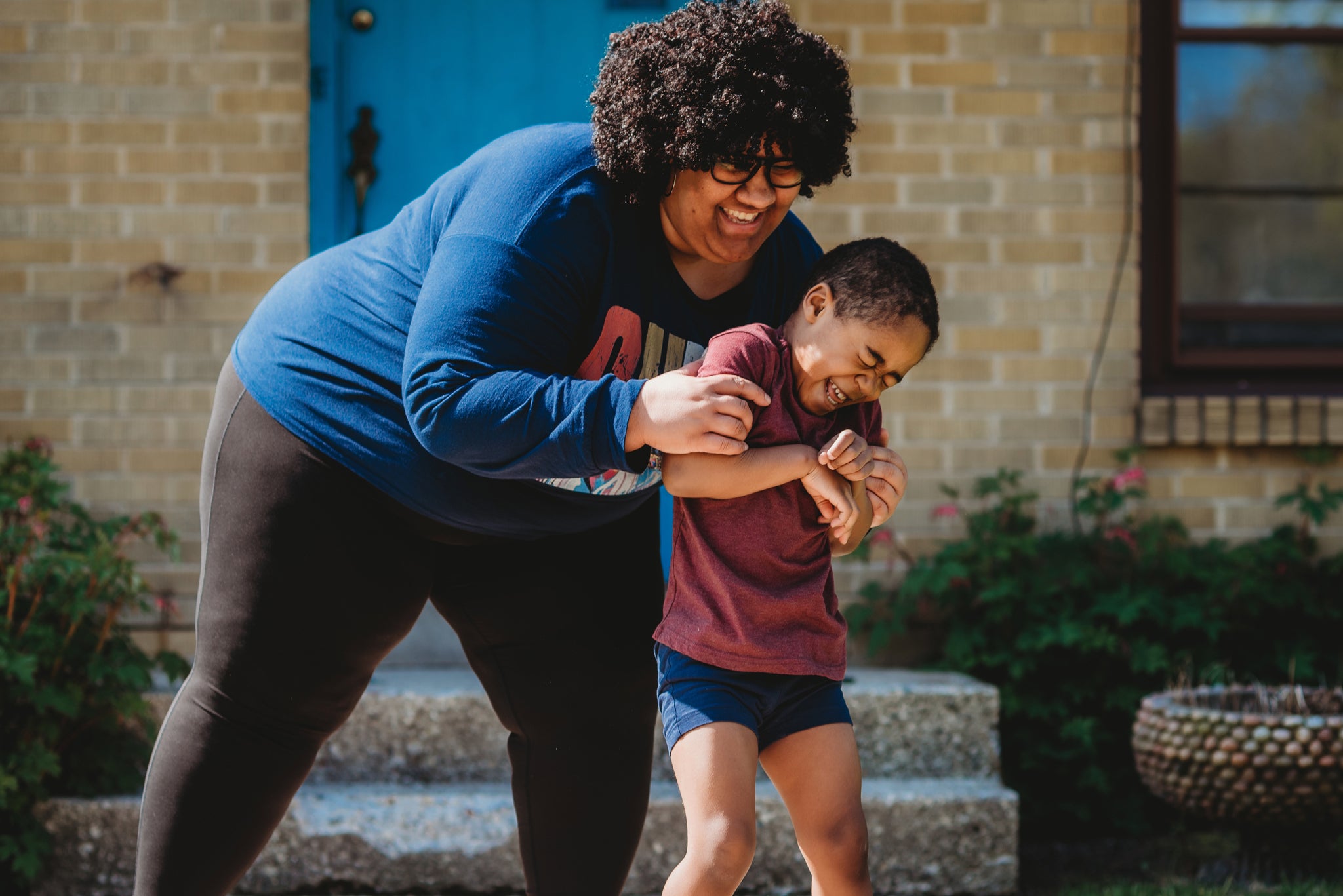
Those disruptions aren’t just tough on the parents and other caregivers trying to keep up. They’re also having profound effects on children’s behavior.
Sleeping more or less than usual and waking up agitated, changing eating habits, regressing, having more emotional outbursts, becoming less talkative, developing new and unexpected fears — all are pretty common consequences when a child’s schedule and the predictability of their everyday life is disrupted, according to child development professor Molly Harney of the University of Minnesota-Duluth.
“They’re some of the consistent signs that we may not think of as related to this ongoing health crisis for children,” she said. “Children typically are more impacted, more stressed, when life around them is not predictable.”
Alejandra Ros Pilarz, an assistant professor at the University of Wisconsin-Madison’s school of social work, has found similar changes in behavior when studying children who changed child care providers frequently at a young age.
“That’s in part because it’s hard for them to manage those transitions and understand why it’s happening,” she said. “Having to adapt to a new caregiver, a new schedule, a new routine — those things can take a toll on young kids.”
That doesn’t mean children can’t recover from that disruption, she said. But it could help explain some of the behavior changes families have been grappling with alongside COVID-19 chaos.
Weathering A Storm At Sea
According to a survey conducted by the state Department of Public Instruction that yielded responses from 310 of the state’s 421 school districts, about 30 percent of the state’s public school students attend districts that started the school year online, including the state’s two largest districts in Madison and Milwaukee. Other districts that started in-person or with a hybrid model have had to close some school buildings and move to fully virtual instruction for a few weeks after a student or staff member tested positive.
The struggles of adjusting to an all-virtual or hybrid model are not hitting all children equally. Harney said she thinks of the coronavirus as a storm on the sea, and that some families are able to weather it better or worse depending on the resources they have.
“Some of the children are experiencing it by living in a yacht, some in rowboats, some in floaties, and some of the children are holding on to the driftwood that goes by,” she said. “This crisis has just magnified the vulnerabilities that we have always been aware of.”
Some families are trying to navigate child care while working out of the home, which was especially challenging after so many child care providers closed in the spring. Others are trying to help their children learn in a language they themselves may not be proficient in, or try to navigate learning or behavioral challenges normally handled with the help of a specialist at school.
Another crucial issue for families is access to reliable high-speed internet or Wi-Fi. Some have been using the data plans on their phones to get kids logged in, while others have made for the nearest library or school building that’s broadcasting an internet signal.
“When you’re talking about kids’ education being remote, that’s the most basic thing you can have,” said Ananya Sen, a professor of information technology at Carnegie Mellon University. “What this pandemic has basically done is brought these technology, digitization issues into the limelight. What this is going to do is potentially exacerbate existing educational inequalities.”
Sen and his team tracked internet access across the country early on in the pandemic, and found that the single best predictor of whether children were less likely to have internet was whether they qualified for federal food aid under the Supplemental Nutrition Assistance Program, or SNAP, called FoodShare in Wisconsin. Currently, qualifying means having a monthly income for a family of two of $1,832 or less. Families least likely to have internet access were already more likely to be food insecure and in a financially precarious position even before COVID-19 hit.
Kurt Kiefer, the assistant state superintendent at DPI who handles libraries and technology, said his team has been focusing on mustering the state’s resources and working with nonprofits to get internet access to every child in Wisconsin.
“We used to call it ‘the homework gap.’ Now we literally call it ‘the learning gap,’ because if you don’t have access, you can’t even get on the learning highway,” he said.
DPI had estimated before the pandemic that 130,000 children, or about 15 percent of the student population, didn’t have reliable internet access away from school based on annual surveys of school districts, said Kiefer. He said DPI has estimated that’s fallen to about 5 percent largely with the help of mobile hotspots.
A Public Investment In Children
Schools that aren’t bringing students back in person have been trying to compensate for the loss of the many services that are normally delivered in school buildings alongside math lessons and reading homework. They’ve distributed or dropped off food, Chromebooks and hotspots; they’ve repurposed school buses to park in neighborhoods and broadcast Wi-Fi signals; and they’ve started school-day child care programs for those who can’t manage virtual learning at home.
But when all students aren’t coming into the school building every day, some are bound to fall through the cracks.
“Public school is one of the largest universal investments made in children, period,” said Katherine Magnuson, a professor of social work and the director of the Institute on Research for Povery at the University of Wisconsin. “Most of the anecdotal and evidence otherwise suggest that this is best delivered in person.”
Education makes up more than a third of Wisconsin’s state budget, and many federal funds flow to school districts, as well. Other programs geared toward children, like free and reduced-price lunch, are routed through schools, since they’re most likely to see the kids who qualify.
“I’m not arguing that we should just open everything up,” said Magnuson. “It’s just that this is a generation in which low-income children will have had less public investment than other generations, so hopefully we’ll be able to learn something from that.”
Schools and school sports are also the center of many children’s social worlds. Ros Pilarz with UW’s school of social work said that the group most likely to struggle without seeing their peers are older children. Many districts have prioritized getting younger students back into classrooms because it’s harder for them to navigate virtual learning without help. However, Ros Pilarz said it could be harder for more independent age groups to go without regularly seeing their friends.
“For younger kids, it matters a little less — peers become much more important as kids get older,” she said. “Older kids are potentially going to suffer worse mental health consequences from being away from friends than younger kids.”
She notes, though, that in the same way older children can navigate virtual learning more easily, they can also manage social distancing and seeing each other safely in an outdoor setting better than younger children, who can’t necessarily grasp the importance of keeping 6 feet between them and their friends in the same way.
Taking Care Of Mental Health, For Parents And Children Alike
For parents balancing remote work and child care, play time and helping with school are often squeezed in between work calls and project deadlines. It can make them feel like they’re always behind.
Stroik, the Milwaukee mother of 4-year-old David, said that at the beginning of the pandemic she was parenting during the day, working at night, and getting about four hours of sleep. That quickly became unsustainable. Stroik has been able to cut back on some work or catch up on weekends and tag in her mother for child care help every so often, but she said she still doesn’t feel like she has things under control.[[{“fid”:”1342806″,”view_mode”:”embed_portrait”,”fields”:{“format”:”embed_portrait”,”alignment”:”right”,”field_image_caption[und][0][value]”:”%3Cp%3EFour-year-old%20David%20plays%20with%20beads.%20His%20mother%2C%20Elizabeth%20Stroik%2C%20has%20been%20managing%20working%20from%20home%20and%20providing%20child%20care.%20%3Cem%3EPhoto%20courtesy%20of%20Elizabeth%20Stroik%3C%2Fem%3E%3C%2Fp%3E%0A”,”field_image_caption[und][0][format]”:”full_html”,”field_file_image_alt_text[und][0][value]”:”Boy plays with beads”,”field_file_image_title_text[und][0][value]”:”Boy plays with beads”},”type”:”media”,”field_deltas”:{“2”:{“format”:”embed_portrait”,”alignment”:”right”,”field_image_caption[und][0][value]”:”%3Cp%3EFour-year-old%20David%20plays%20with%20beads.%20His%20mother%2C%20Elizabeth%20Stroik%2C%20has%20been%20managing%20working%20from%20home%20and%20providing%20child%20care.%20%3Cem%3EPhoto%20courtesy%20of%20Elizabeth%20Stroik%3C%2Fem%3E%3C%2Fp%3E%0A”,”field_image_caption[und][0][format]”:”full_html”,”field_file_image_alt_text[und][0][value]”:”Boy plays with beads”,”field_file_image_title_text[und][0][value]”:”Boy plays with beads”}},”link_text”:false,”attributes”:{“alt”:”Boy plays with beads”,”title”:”Boy plays with beads”,”class”:”media-element file-embed-portrait media-wysiwyg-align-right”,”data-delta”:”2″}}]]
“I feel like I am both working and parenting all the time, without a break from either one,” she said. “I feel like I’m not giving 110 percent to everything — my kid isn’t getting as much attention as he’s used to, which feels weird when I’m with him all day long, and I definitely feel like I’m not as focused or efficient when it comes to work.”
As overwhelming as it is for the parents, said Ros Pilarz, that inconsistent focus can also be destabilizing for children.
“If parents are having to switch back and forth when they’re providing childcare and working, that creates a lot of uncertainty and instability in kids’ day-to-day,” she said.
That puts parents in an impossible bind, especially if they can’t afford child care or are worried about exposing their children to other children and caregivers for health reasons. Some parents may consider quitting a job or taking an extended leave as a solution, but Ros Pilarz noted that “there’s evidence that parents suffer and have a harder time finding a job” once they do that.
Many schools that have opted for all-virtual or hybrid models are doing so with more rigorous, set schedules than they did in the spring, which may help kids rediscover some structure that could ground them.
Harney, the UM-Duluth professor, suggested that adults can help, too, by establishing a routine: consistent wake-up times, a daily walk at the same time, set mealtimes.
“Adding that predictability into the child’s life, where it might have been missing, that there’s a way a child can predict the way their day will unfold — because school did that for them,” she said.
She also suggested letting go of some of the pressure to meet particular benchmarks — spending a certain amount of time working on homework, for example, or getting every exercise exactly right — in favor easing the stress on their kids, and lessening the burden on parents and caregivers.
“We (the adults) all need to make sure we’re okay, and need to be gentle with ourselves,” said Harney. “The more we can take care of ourselves — by going for a walk, our own sleep hygiene, making sure we’re not heading toward those comfort foods that don’t serve our brain well, that we’re drinking water — so that we are ready to help the children.”
She said it can also help to think beyond the immediate family, and find purpose by reaching out to more vulnerable members of the community. She suggested calling people who are particularly at risk and more likely to be feeling isolated, and talking, safely, to neighbors and community members who might be struggling financially to find out what kinds of help would be useful to them.
“This is, I think, an opportunity for all of us to think more broadly about our friends, our neighbors, our community members, people we don’t always talk to,” she said. “We are part of a storm, and we need to be really sensitive to who needs resources that we might have.”
Wisconsin Public Radio, © Copyright 2026, Board of Regents of the University of Wisconsin System and Wisconsin Educational Communications Board.
